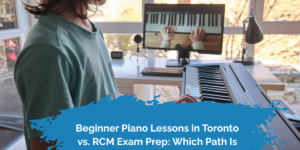What Age Should My Child Start Violin?
Almost every parent wants to believe (even if they won’t admit it) that their child will be a prodigy if they enroll them in violin lessons early enough. After watching YouTube videos of three and four-year olds with incredible mastery of the violin, it is only natural to want to enroll your youngster in lessons as soon as possible. So what is the right age?
Children as young as three years old can start studying with a professional violin teacher, thanks to the Suzuki method and scaled-down instruments. However, there is more to consider than size and age. For other children, five and six turn out to be the best age. Here are some questions to consider when deciding if your child is ready for violin lessons.
Is Your Child Interested in Violin?
One critical element of this development is keeping the child interested and engaged in their violin lessons. If a child is not at all interested in violin, then they will not be able to tap into their fullest potential. They might be more comfortable with piano or guitar, which are both also great instruments for developing a great foundation in music.
Will your tyke enthusiastically practice for 20-30 minutes every day? Have they named an instrument they are interested in? Will your child stay engaged with their violin teacher?
How is Your Child’s Attention-Span?
Attention-spans develop over time, with some children able to sustain focus by the age of three, while others have the appropriate attention-span by age five. Others still will struggle with attention for many years. If the interest is there, that is half the battle – but many kids do not have the ability to sustain a half-hour lesson until around age five. On the other hand, if your child is a late-bloomer in the attention department, music is a fantastic tool to help them reign in their wandering minds.
Does Your Child Have Patience?
Learning violin does not come with instant gratification. to learn how to handle the bow properly and how to hold the violin and finger the notes on the strings. They then need to learn how to draw the bow across the strings without making a screeching noise (or at least enough to tease the note out of the string). During this time, they are also learning how to read music and the fundamentals of violin theory.
All of this can take a month or longer. Younger violin students do not have the same dexterity as older children do, so it is more difficult for them to grasp these fundamentals. Some youngsters get frustrated because they want to get to the music right away. You know your child best – can they persevere through the early learning until it gets “fun”?
Are They Too Old?
You don’t have to enroll your child in music at three, four, or even five years old to unleash their inner prodigy. Up until nine years old, children have an extraordinary capacity for learning violin or any other musical instrument. They will gain all of the same benefits that younger children gained. Even children who are in their preteens and teen years can blossom into professional musicians if the interest, talent, and stamina is there.
The age your child starts violin lessons depends on so many factors. You know your child best. If they are interested and you think they have the patience, dexterity, and attention-span to start building their musical foundation, then it might be time to select a violin teacher and start lessons. Children will gain the most from their earliest possible age to nine years old. Sooner is better, but any child or adult is not too old to learn.





